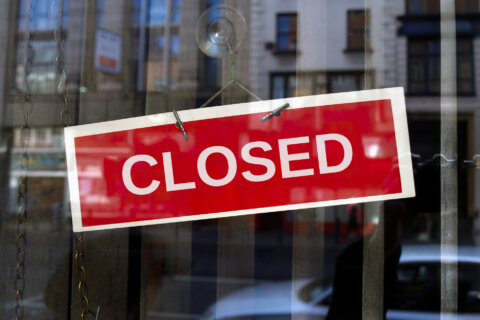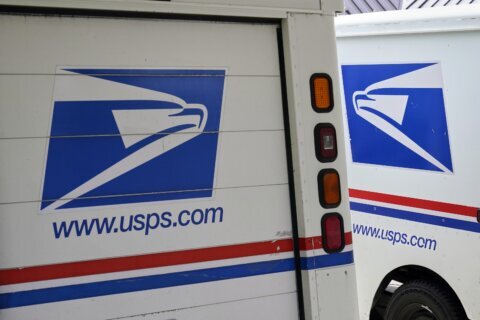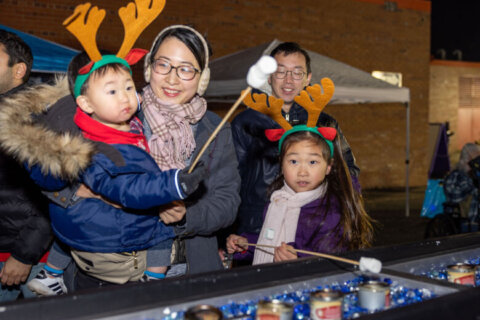Cinco de Mayo celebrations here in the U.S. have long eclipsed those in Mexico.
But, for the small number of Mexicans who mark the occasion, they aren’t celebrating, said Emily Key, head of education at the National Museum of the American Latino in Washington, D.C.
Key said many Americans think the occasion is similar to Fourth of July celebrations.
“That’s one of the myths to dispel. It is not Mexico’s Independence Day. Cinco de Mayo refers to the Battle of Puebla. You have to go back to 1862 to understand the history.”
The one-day battle marked a turning point in the second Franco-Mexican war. The French army outnumbered the smaller Mexican forces two-to-one.
But Mexican troops repeatedly kept the French army from storming forts at the top of hills in the city of Puebla. The victory rallied Mexicans to continue fighting, Key said.
Shortly after the win, the country began celebrating the victory every year, but mostly for residents of Puebla, she said.
“It’s not really celebrated outside of Puebla,” said Key, who spent parts of her childhood in Mexico City. “I personally do not celebrate Cinco de Mayo because I did not grow up celebrating Cinco de Mayo. It’s just like any other day.”
The number of Cinco de Mayo celebrations in the U.S. surpassed those in Mexico years ago, during the Chicano Movement during the 1960s and ’70s, when Mexican Americans began demanding civil rights.
The Battle of Puebla became a source of inspiration and pride, Key said.
“One of the things that’s interesting is that many people don’t know of the Chicano movement,” she said. “Cinco de Mayo is now more of a day of remembrance, connection and reclaiming your identity.”
Key also said there are several ways to observe Cinco de Mayo while eating tacos, drinking Margaritas and listening to mariachi bands.
It begins with honoring the history of the occasion.
“Learn more about community leaders like Caesar Chavez,” Key said. “Or learn about people like Judy Baca, who has the largest mural in the United States that really documents the history of California all the way back to its Indigenous, Mexican roots.”







